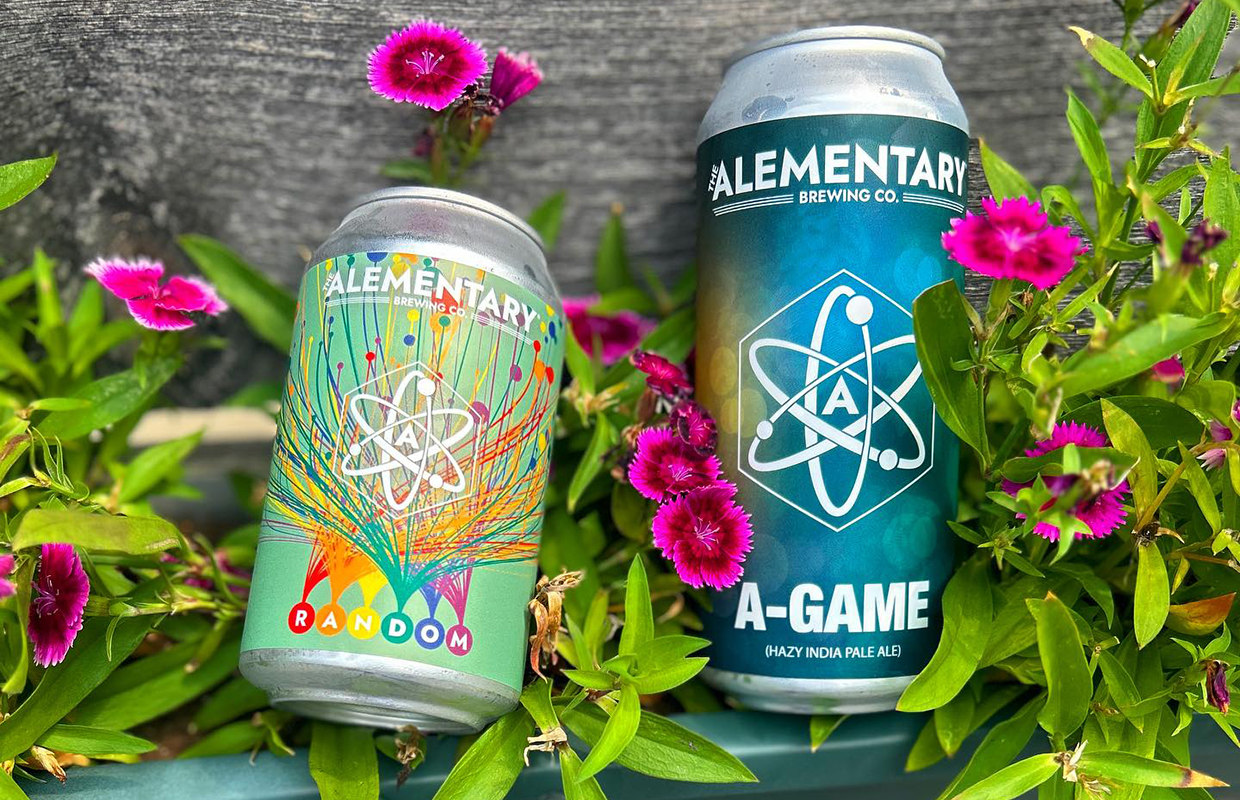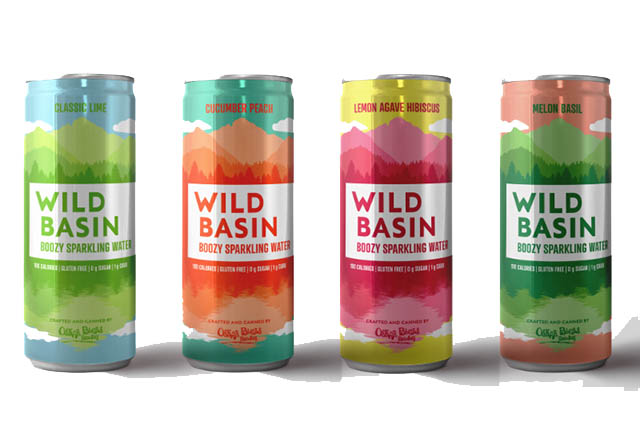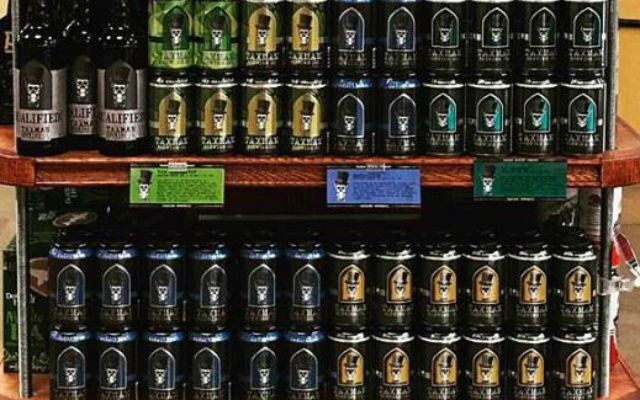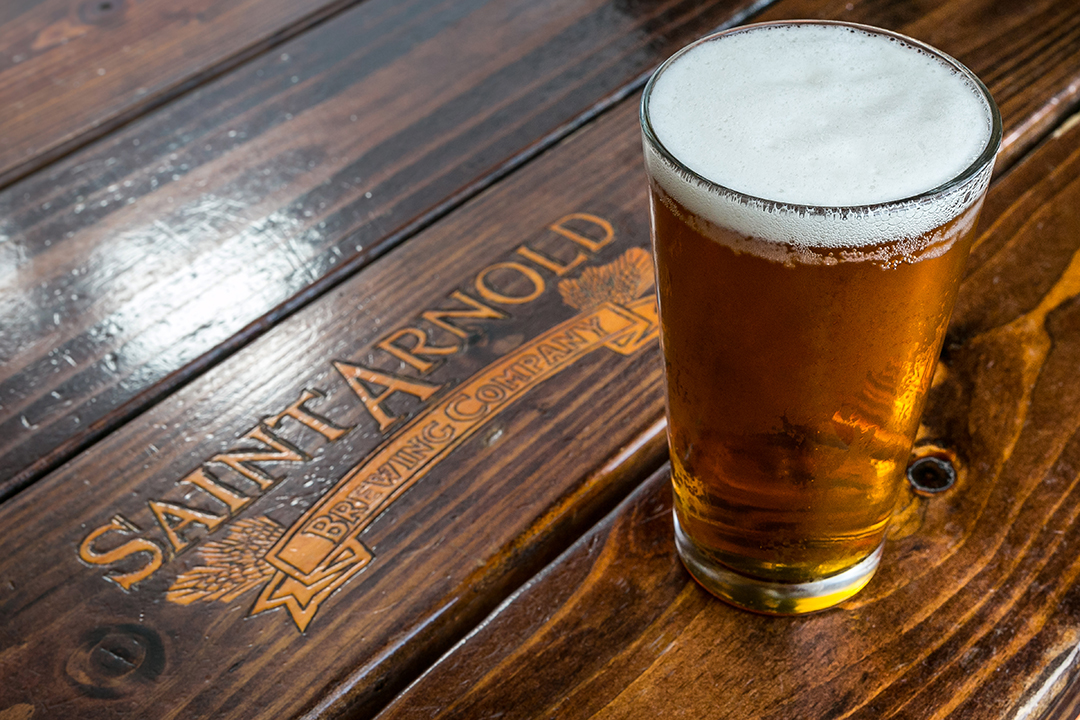
Every year, co-founders Blake Crawford and Michael Roosevelt do a first-quarter exercise each year to make sure that their brewery, The Alementary, is on a good financial course.
It was always a number look, but a few years back, a look at branding got involved as well and it did a load of good, Crawford told Brewer.
“We’re in the habit of that kind of yearly evaluation of many, many aspects of our business, and we were on our way back from a distributor meeting in Pennsylvania,” Crawford said, “and we keep hearing all this stuff about how we need more POS materials. We need more of this, we need more of that. We’ve been operating this brand at the time for five years and we bootstrapped everything we do: all of our own social media, we did in-house graphics design … we do it all ourselves. We’ve been doing this for five years and we never even thought about it, we just assumed it was the right thing to do.
“We evaluate all the other aspects of our business annually. So maybe now it’s a good time to look at that. We were being asked for things from a distribution partner that we didn’t know how to provide them.”
That included a better brand story, better marketing materials, and such. It was a foreign concept to them, he indicated.
“We were kind of naive about it,” he admitted. When they called a company to help create sales materials they soon realized they needed to create a brand first.
“They told us we don’t have the things needed in order to actually build the sales materials,” he explained. “Things like a motto? What’s our motto? I don’t know. ‘We make beer’ … like it was that sort of thing. And so that’s where the ‘Better Drinking Through Science’ came from. All of that is all from that same exercise.”
LISTEN: Our full interview with The Alementary’s Blake Crawford is now on Spotify!
It meant a new look for the New Jersey brewery and an in-depth analysis from a marketing company was not only for the brand, it was for each individual product.
“They would ask, what is this product, and is this on-brand? Is the name on-brand? Is it the right voice? Is the story about the product in the new voice of Alementary, not the old voice,” Crawford said. “Our best-selling product was called Hackensack Lager and they recommended a brand name change. They wanted to call it The Original Hackensack Lager.
“Because graphically you can make Original and Lager really big and you can make the Hackensack part really small so the people who need to see it, have it there, but when you look at it on the shelf you just see Alementary Original Lager, even though it’s not the full brand name.”
One of the interesting bits of feedback that Crawford said they got from the company was that craft people think the flagship is “dead.”
“Part of their study showed that coming out of the pandemic, the flagship is back,” he said. “They predicted that, at least in our immediate geography, I think they’re correct. People want a sure thing, they want something they know, they want something they can grab quickly, and have it be reliable. I wouldn’t want to give anybody the impression that it was just about a motto and a font change on a logo, a brand study is a lot deeper than that.”
Having a third party evaluate what you deem your branding versus what a consumer may think means you need thick skin. It was something Crawford said, though, that was vital to pushing the company forward.
“One of the first bits of feedback they had was you have to make it easier for people to figure out what’s in the can,” he said. “You’re asking somebody to look at this sea of enormous things in front of them, identify your brand, and then choose to pull that off the shelf.
“And you know how craft is. People get crazy with the labels, right? You can spend all day looking at labels and looking at every word on the label and still have no idea what’s in the can. There’s this tribal knowledge that you’re supposed to have because you’re into craft beer. A lot of fans have that tribal knowledge. They know that oh, that art is from whatever brewery. But that’s not beer consumers in general. That’s a very small segment of people. So taking a can like that and putting it into the market. Okay. But if you present something to a consumer, where they can identify it as yours, figure out what’s in the can and keep that ultimately as consistent as you possibly can? That’s the secret to brand pull through.”
It was a lot more money to make the needed changes, Crawford said, but implementing it all were things done incrementally.
“You’ve got a million coasters sitting in the closet. You don’t have to throw those away,” he said. “Go ahead and use them. It’s fine. Just when you order again, put the new information, new logo, all the new things on there,
“Don’t go throw away all your merchandise just sell through it, it’s fine. We sold the ‘vintage’ Alementary logo. Make it desirable.”
What he said was a 1,000 little tasks done over two years got the brand in a new direction.
“It’s not a check that you write all at once that changes everything sort of magically all at once,” he said. “It’s just adaptations over time. Koozies, coasters, sales materials, we ended up shrinking our number of yearly SKUs that we offer as part of that exercise as well.”




Be the first to comment